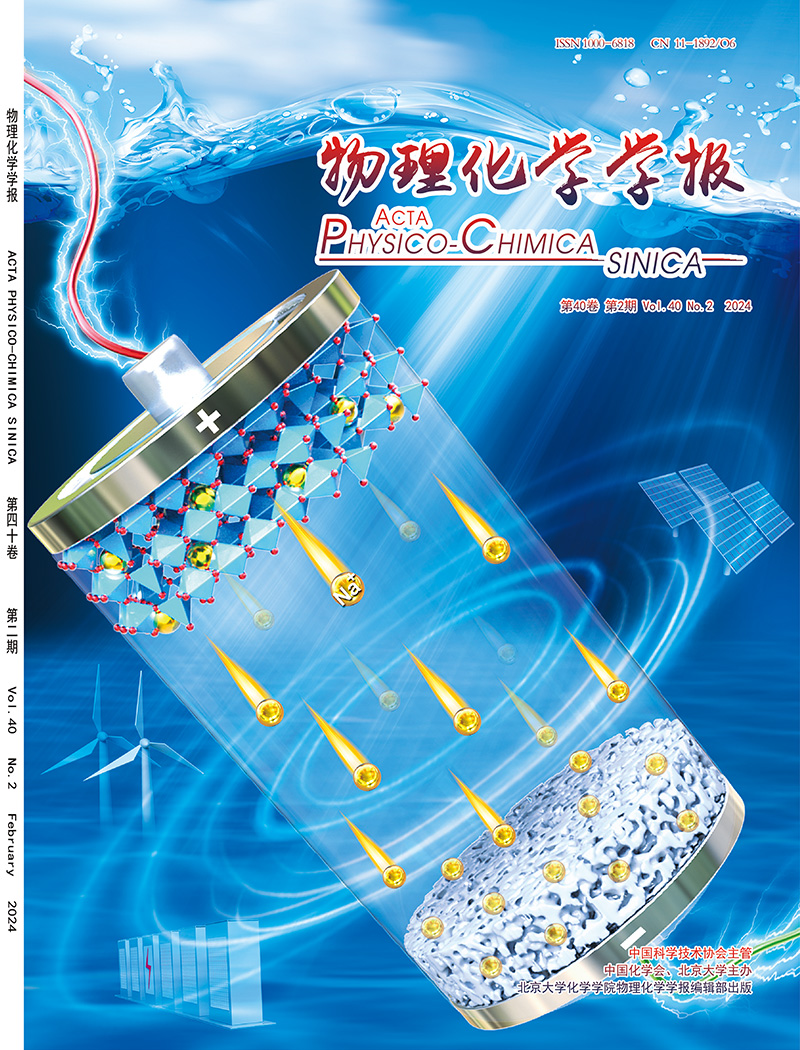Progress and perspective of perovskite thin single crystal photodetectors
IF 10.8
2区 化学
Q1 CHEMISTRY, PHYSICAL
引用次数: 0
Abstract
Metal halide perovskites show immense promise in photodetection applications, having been employed in the research of photodiodes, photoconductors, and phototransistors. However, the majority of current photodetectors utilizing perovskite materials rely on polycrystalline thin films, and the presence of grain boundaries and defects hinders their photoelectric performance, creating a bottleneck in further advancements. To address this issue, researchers have employed techniques such as inverse temperature crystallization (ITC) and anti-solvent vapor-assisted crystallization (AVC) to synthesize various perovskite single crystals. Bulk single crystal perovskite structures are advantageous due to their lack of grain boundaries, resulting in lower dark current and noise in photodetectors, thereby enhancing their weak light detection capabilities. Additionally, the diminished presence of grain boundaries extends the lifetime of photo-generated carriers, providing a foundation for improved detector performance. However, due to the excellent optical absorption coefficient of perovskites, the excessive thickness of bulk single crystals can only increase the probability of carrier recombination, impacting the photodetector's performance. Consequently, perovskite thin single crystal materials prepared by controlling longitudinal size have garnered significant interest in novel detector research. Various techniques, such as space-confined method, surface tension-assisted method, and vapor phase epitaxy, have been proposed to growth thin single crystals with controllable thickness. These methods have been continually optimized to enhance crystal quality. Thin single crystal perovskites not only enhance photodetector performance but also hold potential for large-area single crystal production, supporting the development of photodetector imaging arrays. This paper outlines the fundamental principles behind perovskite single crystal growth, introduces various technological approaches developed for thin perovskite single crystal growth, and analyzes the resulting materials from different growth methods. It further reviews notable studies in the realm of perovskite thin single crystal photodetectors for different device types. Finally, the paper discusses current challenges and issues in this field while offering insights into potential future directions of development.

钙钛矿薄单晶光电探测器的研究进展与展望
金属卤化物钙钛矿在光探测应用中显示出巨大的前景,已被用于光电二极管、光电导体和光电晶体管的研究。然而,目前大多数利用钙钛矿材料的光电探测器依赖于多晶薄膜,晶粒边界和缺陷的存在阻碍了它们的光电性能,成为进一步发展的瓶颈。为了解决这一问题,研究人员采用了反温度结晶(ITC)和反溶剂蒸汽辅助结晶(AVC)等技术来合成各种钙钛矿单晶。块状钙钛矿单晶结构由于缺乏晶界,在光电探测器中具有较低的暗电流和噪声,从而增强了其弱光探测能力。此外,晶界的减少延长了光生成载流子的寿命,为提高探测器的性能提供了基础。然而,由于钙钛矿具有优异的光学吸收系数,大块单晶的厚度过大只会增加载流子复合的概率,影响光电探测器的性能。因此,通过控制纵向尺寸制备的钙钛矿薄单晶材料在新型探测器研究中引起了极大的兴趣。各种技术,如空间限制法、表面张力辅助法和气相外延,已被提出生长薄单晶具有可控的厚度。这些方法被不断优化以提高晶体质量。薄单晶钙钛矿不仅提高了光电探测器的性能,而且具有大面积单晶生产的潜力,支持光电探测器成像阵列的发展。本文概述了钙钛矿单晶生长的基本原理,介绍了薄钙钛矿单晶生长的各种技术方法,并分析了不同生长方法所产生的材料。进一步综述了不同器件类型的钙钛矿薄单晶光电探测器领域的重要研究进展。最后,本文讨论了该领域当前面临的挑战和问题,并对未来潜在的发展方向提出了见解。
本文章由计算机程序翻译,如有差异,请以英文原文为准。
求助全文
约1分钟内获得全文
求助全文

 求助内容:
求助内容: 应助结果提醒方式:
应助结果提醒方式:


